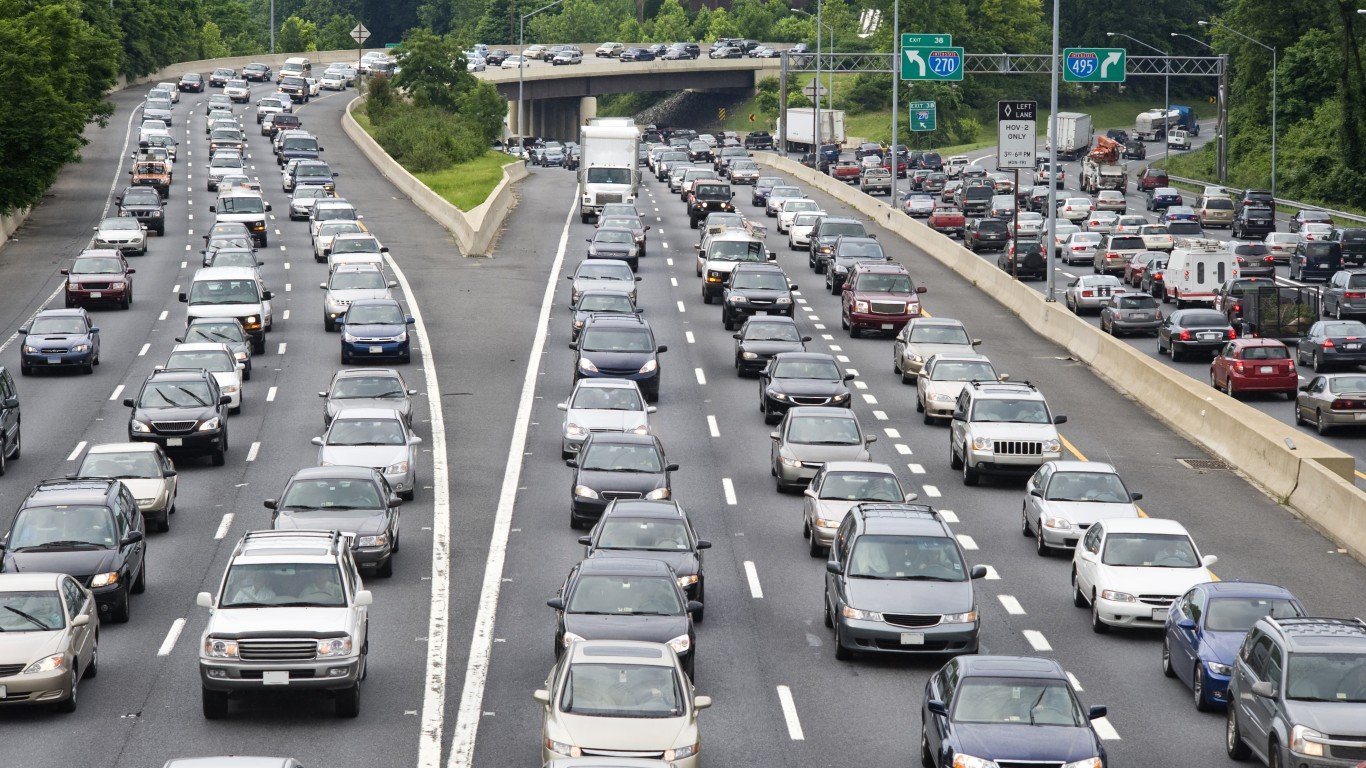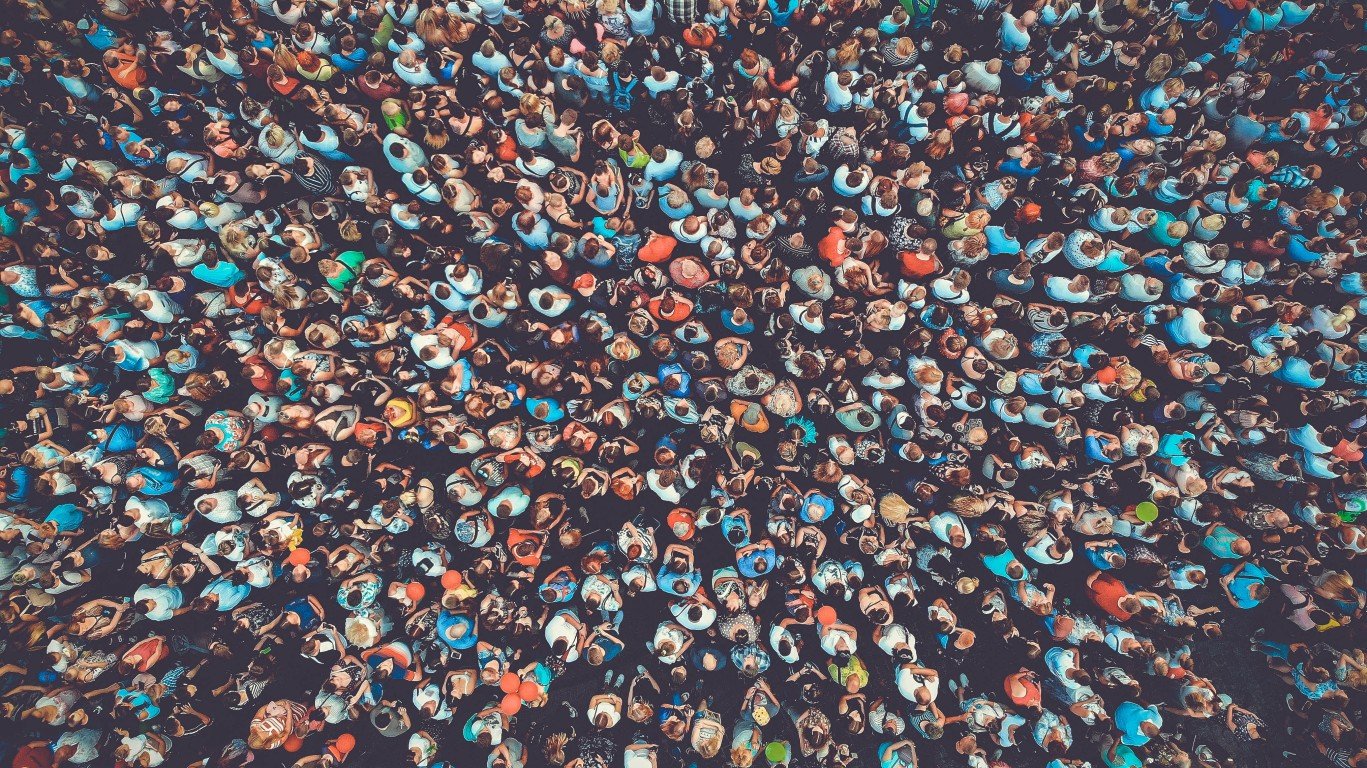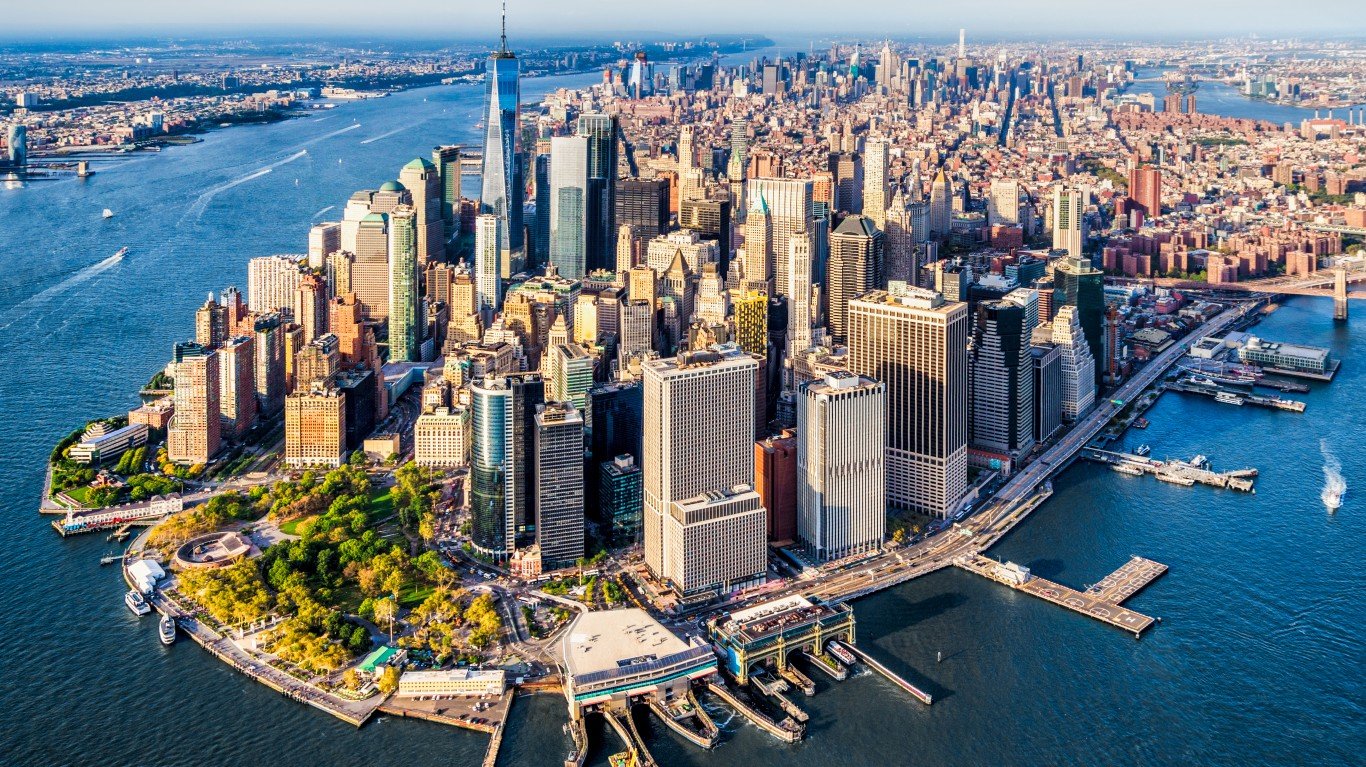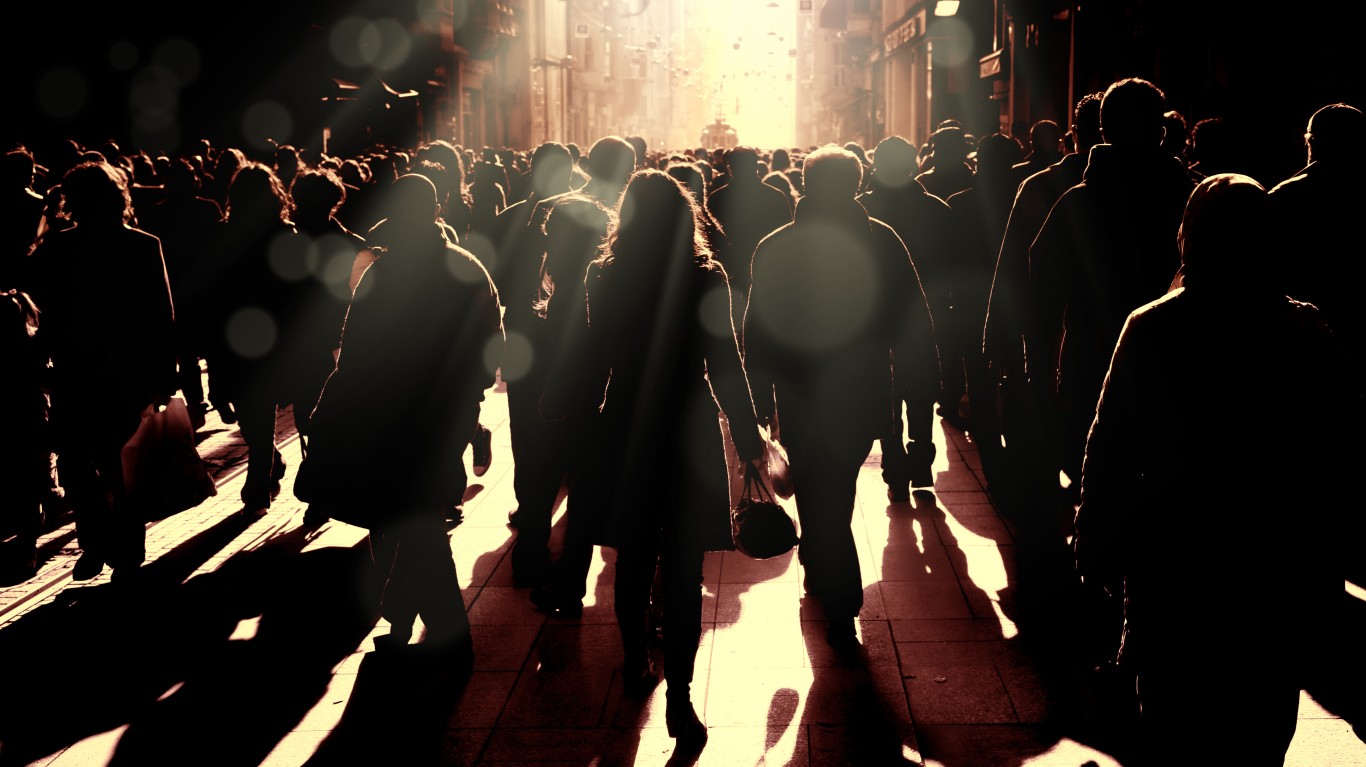New York
One of the original 13 colonies, New York became the 11th U.S. state on July 26, 1788. With a current population of more than 19.4 million, New York is the fourth-most populous state in the country. The state ranks in the upper third of the best states to live in based on key measures like its unemployment and poverty rates, while ranking in the top tier based on average life expectancy at birth.
The state’s population growth has stagnated, however. Over the 10-year period to 2019, New York’s population was essentially unchanged. The U.S. population grew by 6.6% in that time.
New York’s unemployment rate in 2018 was 4.1%, higher than the national rate of 3.9%. Likely due to a weaker than average job market, the percentage of residents living below the poverty line totaled 13.6%, slightly higher than the national poverty rate of 13.1%.
Crime in New York
New York’s violent crime rate of 350.5 incidents for every 100,000 residents is below the national average of 380.6 per 100,000. In 2018, there were 562 murders reported in New York, more than in a majority of other states.
The state’s incarceration rate is 314 adults per 100,000 residents 18 or older, among the lowest in the country. New York City, home to about half the state’s residents, had a violent crime rate of 541 per 100,000, but that is less than half the rate in the most dangerous city in the state. Newburgh, a small city just north of New York City, had 1,163.3 violent crimes for every 100,000 residents in 2018.
The New York Economy
With a 2018 gross domestic product (GDP) of $1.8 trillion, the New York economy is the third largest among the 50 states. Its largest industry is monetary authorities, including banking and financial services, which employs 164,781 people statewide and generates about 7.1% of the state’s total GDP. However, between 2013 and 2018, the total economic output of the state’s banking and financial industry fell by 14.1%. Rapid growth in the information technology industry offset the decline somewhat, pushing overall economic growth in New York up by 2.1% in 2018. That’s still well short of the national average GDP growth of 2.9%.
New York has an underemployment rate (which accounts for unemployment and people who have taken part-time work out of necessity) of 7.9%. The state ranks in the upper third among the most difficult states in which to find full-time work.
Employment opportunities tend to go up with educational attainment. In New York, more than a third (37.2%) of the state’s adults have a bachelor’s degree, above the national average of 32.6%. However, just 83.6% of the adults in the state have at least a high-school diploma, below the national rate of 88.3%.
New York’s median household income of $67,844 is higher than the national median of $63,179.
Thank you for reading! Have some feedback for us?
Contact the 24/7 Wall St. editorial team.











